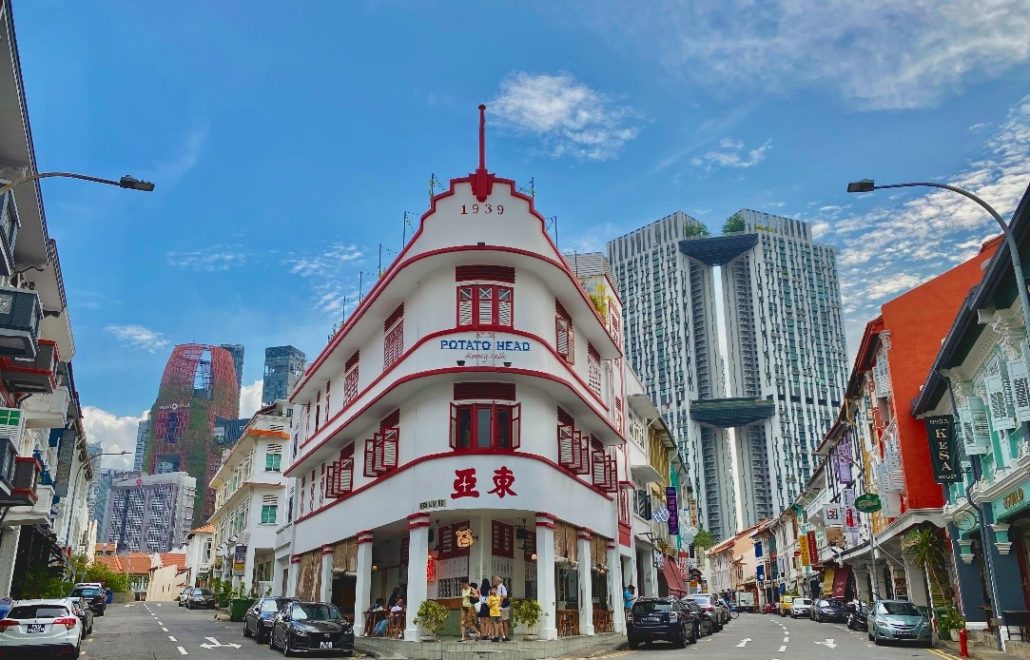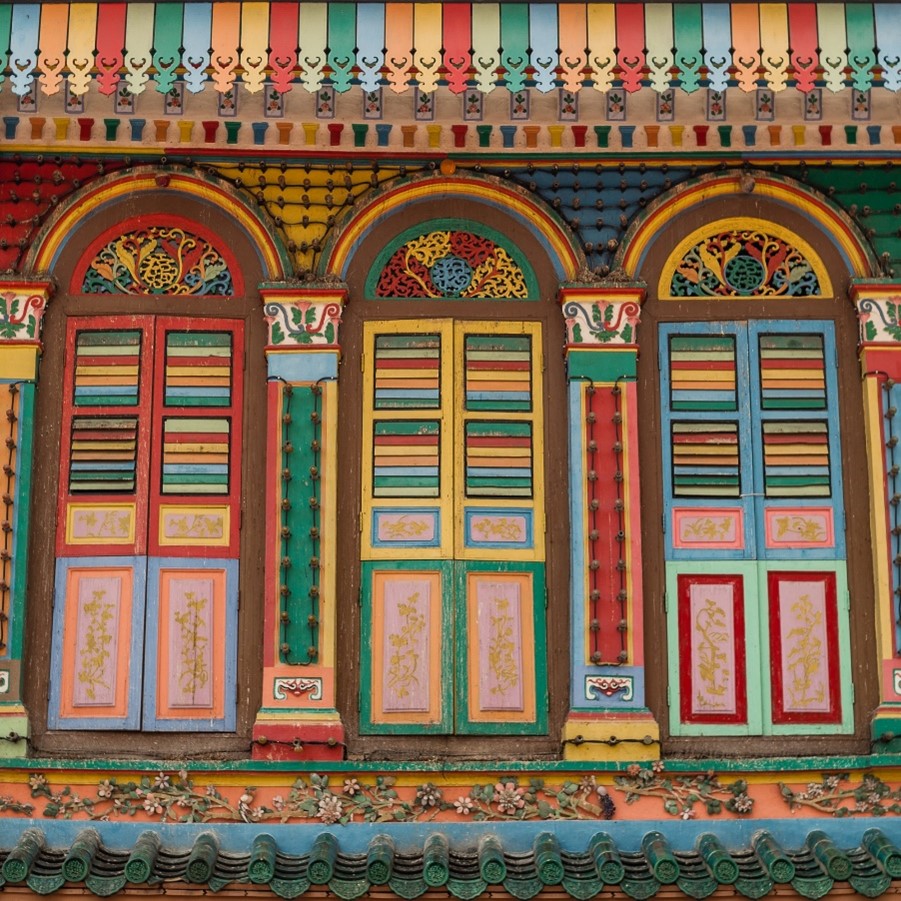I’m sure you have heard of the term ‘Conservation Shophouses’ before, but what exactly are they? In this article, we will introduce them to you, and perhaps, convince you about why it could be a great investment.

What are Conservation Shophouses?
According to URA, shophouses are a “historical source of delight and nostalgia”, as they formed the majority of the pre-World War 2 urban fabric of the old city centre as well as several other parts of Singapore. These were mostly constructed between the 1840s and 1960s.
This strong significance is also why URA continues to maintain elements of the shophouse for conservation, according to Conservation Guidelines.
What Are The Key Features?
- 2 to 3 storeys high
- Built in contiguous blocks with common party walls
- Narrow, small terraced houses, with a sheltered ‘five foot’ pedestrian way at the front
Where Are Conservation Shophouses Located?
According to URA, there are 2 main conservation areas in Singapore that include shophouses. They are located in the historic districts and the secondary settlements.
1. The Historic Districts:
- Boat Quay, Chinatown, Kampong Glam and Little India
2. The Secondary Settlements
- Balestier, Beach Road, Geylang, Jalan Besar, Jalan Jurong Kechil, Joo Chiat, Mount Sophia, River Valley, Tanjong Katong,Upper Circular Road and Tiong Bahru
What Are Some Of These Key Elements That Must Be Maintained?
- Party Walls
- Also known as “firewalls”, they act as a fire prevention mechanism to prevent lateral spread of fire between shophouses. Any removal of party walls will compromise the structural integrity of the property.
- Airwells
- Provide natural ventilation and lighting to the interior, especially as shophouses tend to be narrow and long in shape. This ensures a comfortable indoor environment in Singapore’s hot climate
- Rear Court
- This refers to the open space at the back of the shophouse.
- Timber Windows

- These timber windows possess a French or Casement Design. These are one of the most unique and eye-catching features of the shophouse!
Other elements such as the Five-Footway, Timber Staircase, Rear Court, Timber Structural Members, Front Facade, Columns, roof and Upper floor also have to be conserved.
Why Should I Consider Investing?
Despite its strong heritage significance, not many people think about investing in conservation shophouses due to the many restrictions that they may face when living in one. However, here are some reasons as to why it may be a great investment opportunity after all!
1. Shophouses are more resilient to market changes
- Due to the scarce amount of conservation shophouses, the demand for conservation shophouses are generally higher, as compared to other Real estate properties.
2. Anyone can buy conservation commercial shophouses!
- Everyone is eligible to purchase commercial conservation shophouses – foreigners, Singaporeans or Permanent Residents alike. However, do take note that the purchase of residential shophouses are only limited to Singaporeans and PRs, mandated under the Residential Property Act.
3. Shophouses offer a different and rare experience
- Its intricate and unique architecture can only be found in shophouses. Not only that, many boast different designs, making all of them distinct to one another. You get to enjoy the shophouse’ exclusive design all by yourself
4. Accessibility
- A large proportion of shophouses are located in the Central areas of Singapore – notably Emerald Hill, Kampong Glam, Chinatown, Little India. If you are planning to live there, it provides you with high accessibility all around Singapore. On the other hand, if you are looking at renting the unit out, due to its uniqueness, coupled with its location premium, you are highly likely to receive a good rental income from the investment.
5. There lies a bright future ahead for shophouses
- Sales of shophouses in Singapore rose 52.2 per cent to $169.1 million in the first quarter of 2024 from the previous quarter, as interest from high-net-worth investors returned, said a report by property consultancy Knight Frank.
There are so many advantages of investing or owning a conservation shophouse.
It will only increase in value, due to its scarce nature as well as its reputable and valuable status. However, with every advantage comes disadvantages. Here are some considerations you should take before jumping into your conservation shophouse investment journey.
1. Zoning
- Before jumping into the investment, think carefully on whether you want to invest in a commercial or residential shophouse. Based on its official zoning, you will only be able to use your shophouse for its intended purpose.
2. Restrictions placed on PRs when purchasing residential shophouses
- Although generally, Singaporeans and PRs are all able to buy residential shophouses, the Singapore Land Authority (SLA) has mandated that PRs are only allowed to purchase residential shophouses if they have held the PR status for at least 5 years. In addition, PRs must also seek approval from the Land Dealings Approval Unit (LDAU) before purchasing a unit.
3. Due to the historical significance of shophouses, owners are to comply with several restrictions.
- This includes seeking approval before starting renovations, as well as maintaining the original features of the shophouse. Wherever possible, the “3R Principle” – maximum Retention, sensitive Restoration, and careful Repair should be complied with at all times.
- Shophouses in the historic Districts are faced with the most restrictions, as it is mandated for the entire building to be conserved.
Do you think conservation shophouses are a good investment? Each investment has its pros and cons, so make sure you do your research well before purchasing.
Conservation shophouses offer a unique experience for all, and are definitely less reactive to economic downturns.
Want to find the best mortgage rate in town? Check out our free comparison service to learn more!
Read more of our posts below!

